Understanding the relationship between lux and lumens is crucial in lighting. The relationship between lux and lumens is straightforward.
One lux equals one lumen per square meter (lux = lumens/m²). This makes them interdependent in calculating and evaluating lighting.
Both terms play distinct roles in evaluating brightness and light distribution. Lux measures the intensity of light that falls on a surface. Lumens quantify the total amount of visible light emitted by a source.

These two concepts help assess the effectiveness of lighting in different environments. This includes task lighting, room illumination, and outdoor spaces.
Grasping the key differences and how to convert between them is essential for making informed decisions about lighting setup and performance.
Key Differences Between Lux and Lumens
Aspect | Lux | Lumens |
Definition | Measures light intensity on a surface, calculated as lumens per square meter. | Measures the total light output emitted in all directions from a source. |
Purpose | Determines how well-lit a surface is for specific tasks or environments. | Compares the brightness of light sources to choose the appropriate option. |
Distance Impact | Decreases with increasing distance as light spreads over a larger surface area. | Remains constant, unaffected by distance since it measures total light emitted. |
Best For | Evaluating lighting adequacy for tasks like reading, inspection, or focused work. | Selecting bulbs or lamps that provide the desired brightness for rooms or spaces. |
Measurement Tools | Measured with lux meters or apps, suitable for practical, real-world applications. | Requires advanced tools like integrating spheres or goniospheres for precise values. |
Definition:
- Lux focuses on the amount of light reaching a surface, directly reflecting how well-lit it is.
- Lumens measure the total light output of a source in all directions, independent of where the light lands.
Purpose:
- Lux is used to determine if a space has sufficient lighting for specific activities or environments, such as offices or studios.
- Lumens help compare the brightness of light sources, like bulbs or lamps, ensuring the right light output is chosen.
Distance Impact:
- Lux values decrease as the distance between the light source and surface increases, due to light spreading over a larger area.
- Lumens remain constant regardless of distance, as they measure the total emitted light.
Best For:
- Lux is ideal for assessing the adequacy of lighting on a surface, ensuring tasks like reading or precision work can be comfortably performed.
- Lumens are best for choosing light sources, helping users select the appropriate brightness level for spaces.
Measurement Tools:
- Lux is measured using lux meters or apps, practical for on-site evaluations in various environments.
- Lumens require specialized tools, like integrating spheres, for accurate calculation in controlled settings.
How Distance and Angle Affect Lux?
Lux values are highly influenced by distance and light dispersion. As the distance between the light source and the surface increases, the light spreads over a larger area, reducing the lux value. This is why lighting closer to the source appears more intense.

Similarly, the dispersion angle of the light affects lux. A narrow beam of light concentrates the illuminance in a smaller area, resulting in a higher lux value, whereas a broader beam spreads the light, lowering lux measurements. Understanding these factors is critical for designing effective lighting solutions.
When to Use Lux and Lumens?
Lux and lumens serve different purposes depending on the context. Use lux when the brightness level of a specific surface matters, such as for tasks like reading, detailed inspections, or photography lighting. Lux ensures that the lighting is sufficient for the activity or environment.

Lumens are ideal for comparing light sources. For example, when choosing light bulbs or lamps, lumens help determine the overall brightness of the options, ensuring the selected source meets the desired lighting needs for a room or outdoor space.
Calculating Lux to Lumens
Converting lux to lumens requires understanding the area being illuminated. For square meters, the formula is:
- Lumens (lm) = Lux (lx) × Area (m²)
For areas measured in square feet, the formula is:
- Lumens (lm) = 0.09290304 × Lux (lx) × Area (ft²)
For example, if a 4 m² area requires 500 lux:
- Lumens = 500 × 4 = 2000 lm
This calculation ensures accurate light output based on the area, enabling users to choose the right lighting equipment.
Recommended Lux Levels by Application
Different applications demand varying lux levels to ensure sufficient illumination. For example, in warehouses, the recommended lux level is 100 for individuals aged 25–65 and 200 for those aged 65 or older, as older individuals often require brighter environments for clarity.

For fine inspection tasks, the recommended lux level is significantly higher—5,000 for younger individuals and 10,000 for older ones—highlighting the importance of tailored lighting for precision tasks.
Measurement Techniques
Lux is measured using handheld light meters or smartphone apps with light-detection capabilities. These tools are widely used in fieldwork or by photographers and designers to assess surface brightness.
Lumens, on the other hand, are measured using advanced tools like integrating spheres or goniospheres. These instruments capture the total light emitted by a source, providing precise output data critical for product evaluations and lighting design.
Conclusion:
Understanding lux and lumens is essential for effective lighting design. Lux measures light intensity on a surface, while lumens quantify the total light emitted by a source. Distance and angle impact lux values, whereas lumens remain constant.

Lux is ideal for evaluating surface brightness, while lumens help select appropriate light sources. Converting between the two ensures accurate lighting solutions tailored to specific needs.
Share your lighting needs or experiences in the comments—we’d love to help you find the perfect solution!
FAQs:
Q. How do I convert lux to lumens?
To convert lux to lumens, multiply the lux value by the area in square meters. One lux equals one lumen per square meter.
Q. How many lumens are in a lux?
One lux equals one lumen per square meter, measuring light density.
Q. What is 1 lumen equal to?
One lumen is equal to the amount of light produced by a single candle. It measures both light intensity and coverage area.


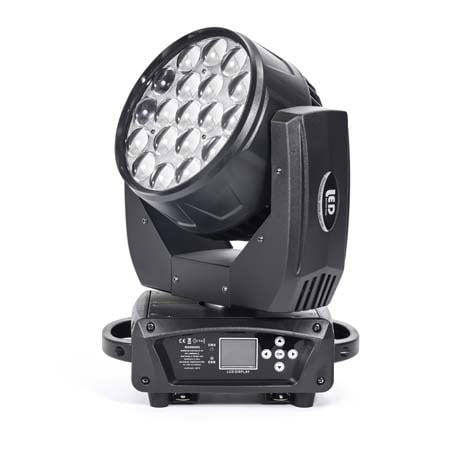






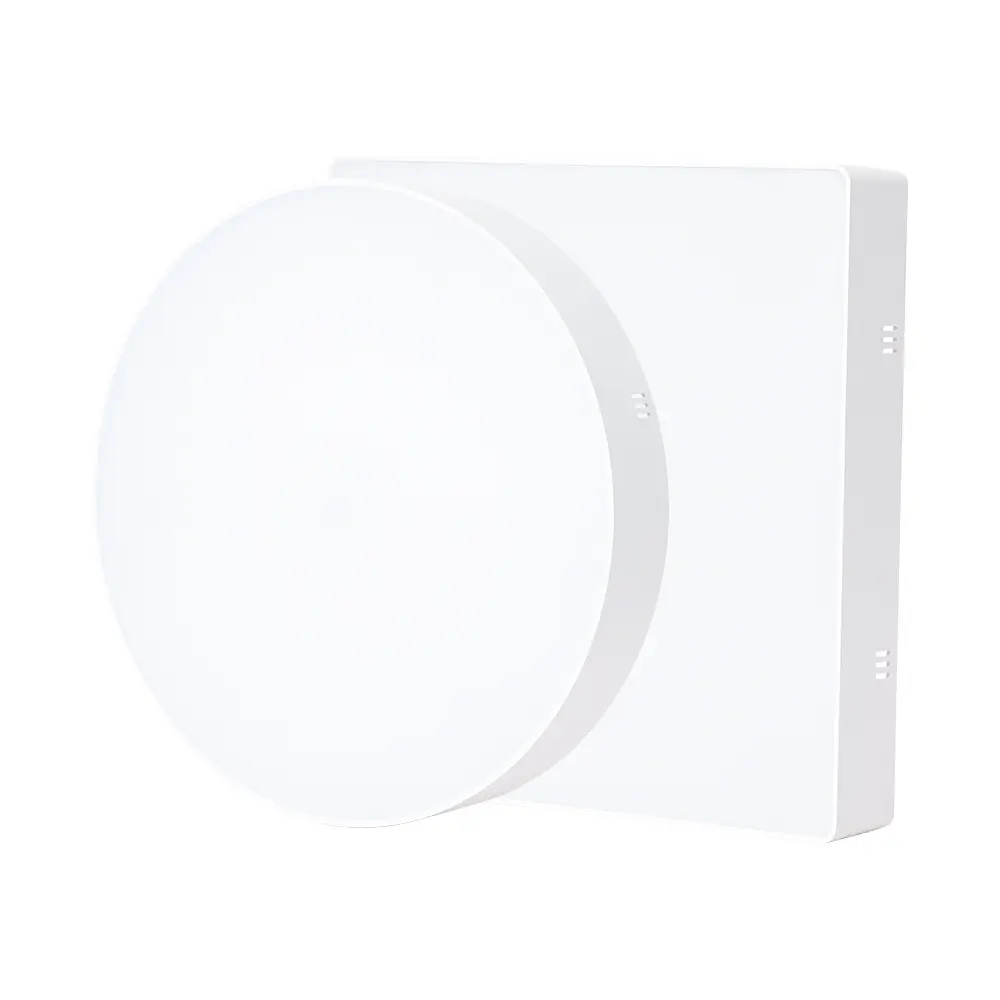

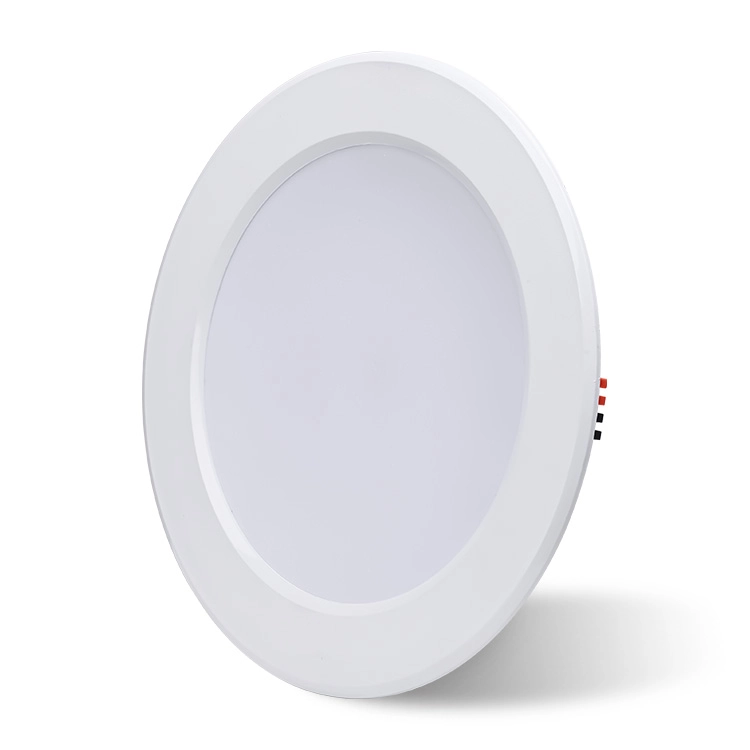
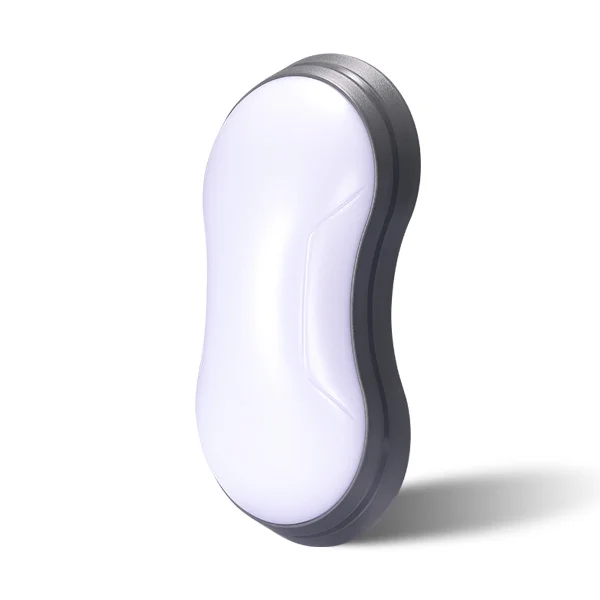

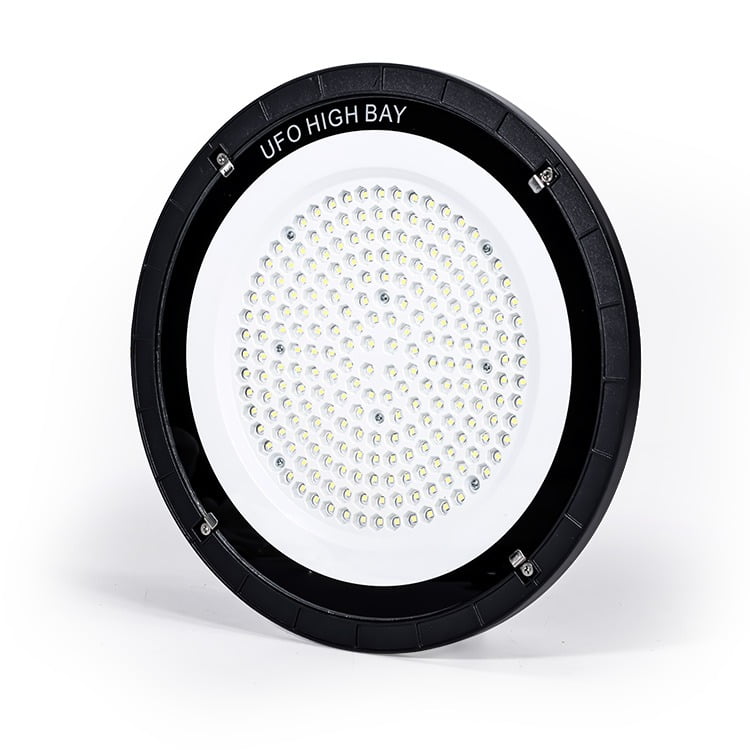
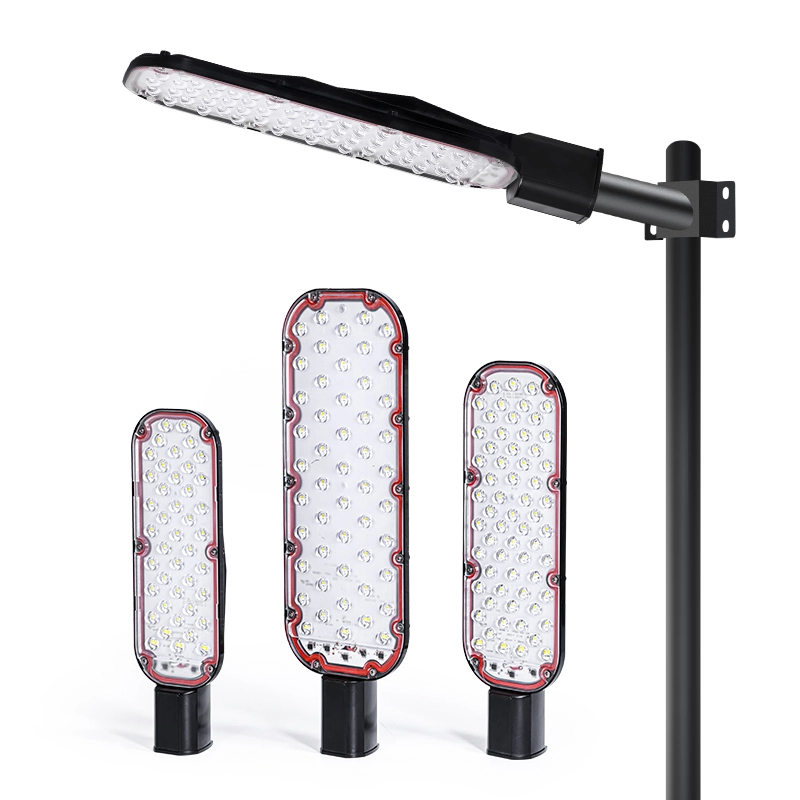

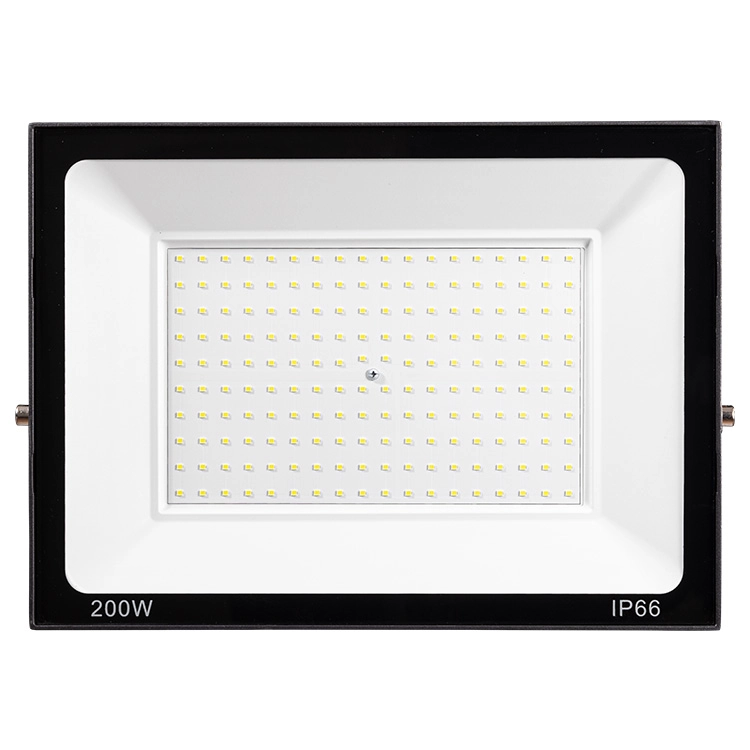
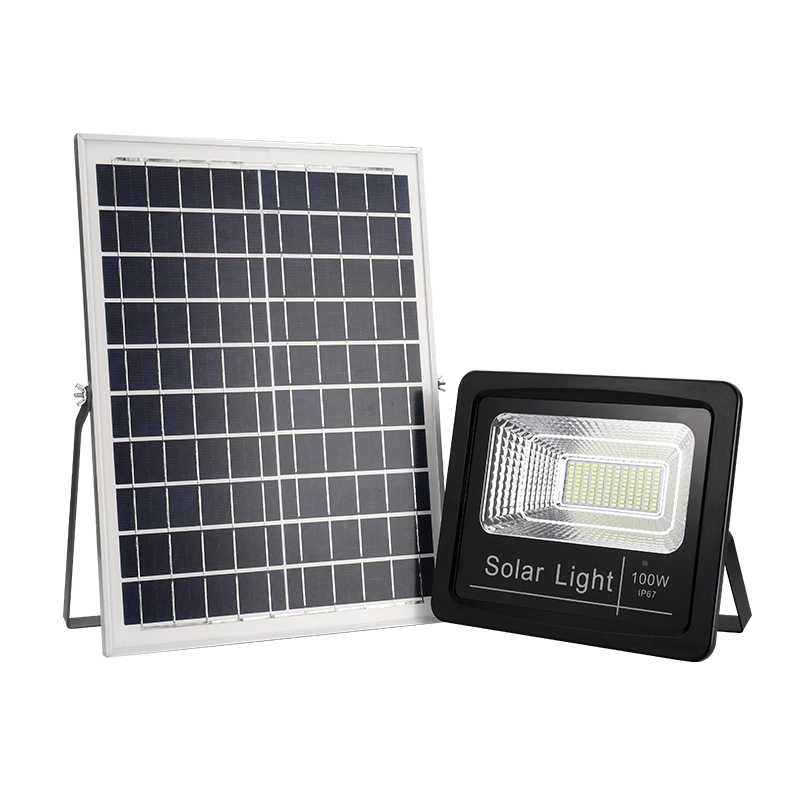
![led design ideas - 17 LED Design Ideas to Transform Your Home [February 2025] - Vorlane led design ideas - 17 LED Design Ideas to Transform Your Home [February 2025] - Vorlane](https://vorlane.com/wp-content/uploads/2025/01/led-design-ideas.webp)
![outdoor lighting ideas - 20 Brilliant Outdoor Lighting Ideas: Transform Yard [2025] - Vorlane outdoor lighting ideas - 20 Brilliant Outdoor Lighting Ideas: Transform Yard [2025] - Vorlane](https://vorlane.com/wp-content/uploads/2025/02/outdoor-lighting-ideas.jpg)
![disadvantages of led lights - Disadvantages of LED Lighting: Reveal Cost, Real Risk [2025] - Vorlane disadvantages of led lights - Disadvantages of LED Lighting: Reveal Cost, Real Risk [2025] - Vorlane](https://vorlane.com/wp-content/uploads/2025/01/disadvantages-of-led-lights.webp)
![Best LED Lights for Home - Best LED Lights for Home: Top Choices [2025] - Vorlane Best LED Lights for Home - Best LED Lights for Home: Top Choices [2025] - Vorlane](https://vorlane.com/wp-content/uploads/2025/01/Best-LED-Lights-for-Home.webp)
![beam angle calculator - Beam Angle Calculator – Simplify Lighting Calculations [2025] - Vorlane beam angle calculator - Beam Angle Calculator – Simplify Lighting Calculations [2025] - Vorlane](https://vorlane.com/wp-content/uploads/2025/01/beam-angle-calculator.webp)
![COB Light vs Panel Light - COB Light vs Panel Light: Understanding the Differences [2025 ] - Vorlane COB Light vs Panel Light - COB Light vs Panel Light: Understanding the Differences [2025 ] - Vorlane](https://vorlane.com/wp-content/uploads/2025/01/COB-Light-vs-Panel-Light.jpg)

![vorlane logo 2:1 for consent banner - Lux to/and Lumens: Key Differences and Calculations [2025] - Vorlane vorlane logo 2:1 for consent banner - Lux to/and Lumens: Key Differences and Calculations [2025] - Vorlane](https://vorlane.com/wp-content/uploads/2024/05/vorlane-logo-2_1-350x100.webp)